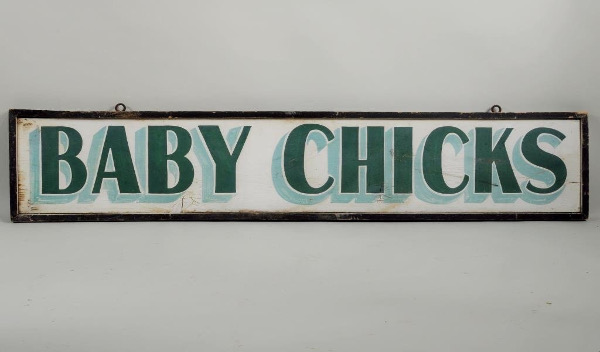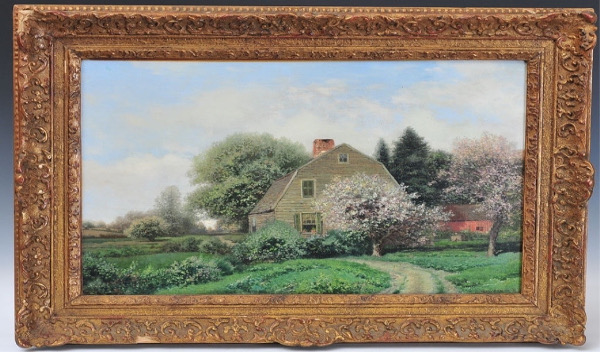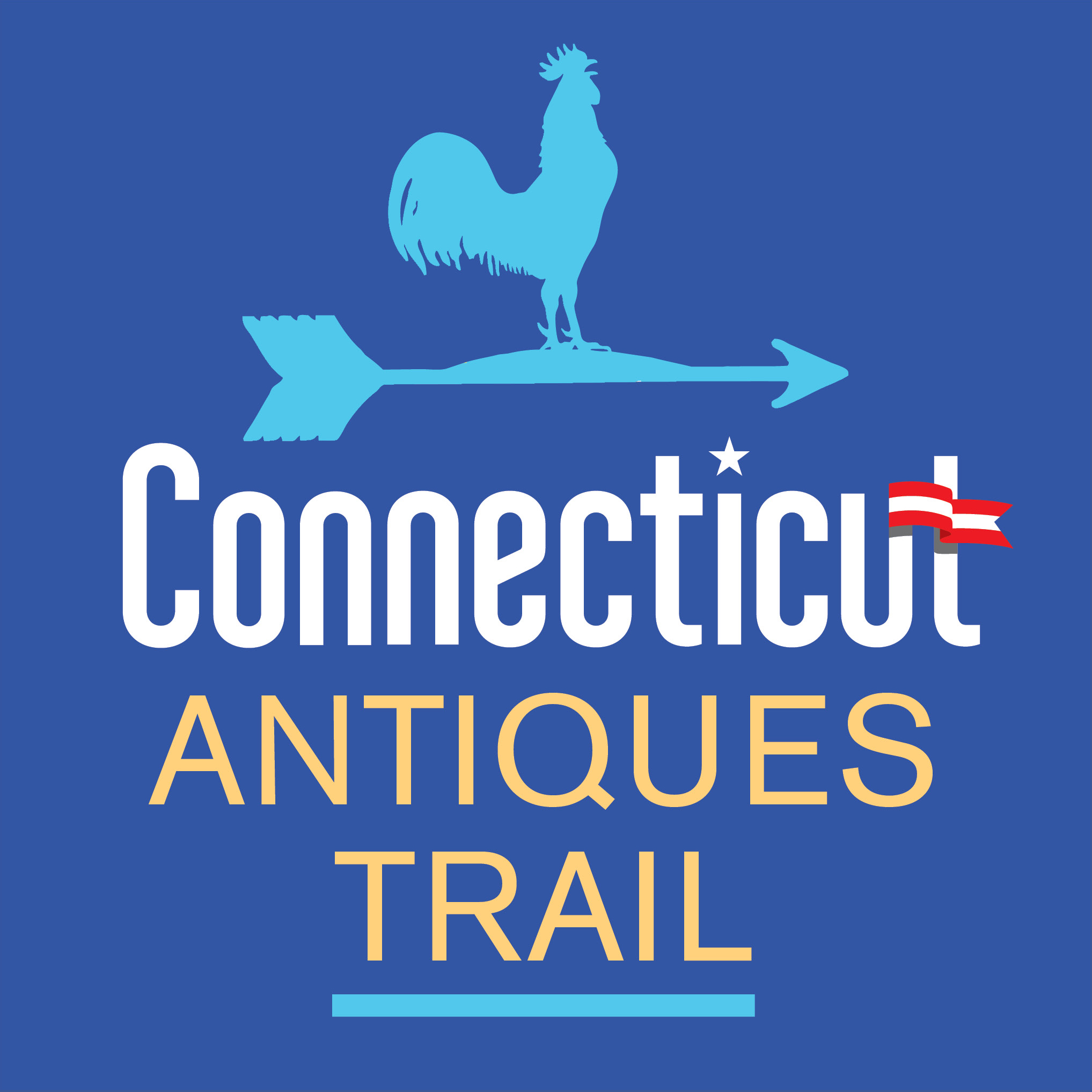Weathervanes - Part II
A painter peeked into a shed and saw at a man hammering out a large iron form into the shape of a dove. "I envy you, wind-vane maker," the artist said, "all the sky is your canvas."
Old weathervanes are one of the most beautiful of all antique art-forms. Prior to 1850, weathervanes were fashioned by individual craftsman who shaped copper, iron, or wood. Sadly, few of these highly individualistic vanes survive today. When they do show up, they are frequently overlooked by dealers and collectors because their weathered, condition is unacceptable. That is going to change. In the meantime, seek out authentic one-of-a-kind vanes, because those old-day artists often introduced stunning drama to their sculpture.
Mass produced vanes, made from 1850 up until today, are most commonly fashioned from thin copper sheets formed by hand-hammering over finely detailed carved wooden molds, or pressure molding between female/male iron/lead, and lead bead-filled bag, press molds. After the mirrored copper sheet parts were formed, they were trimmed, matched, and soldered together. Quite often, zinc parts such as cast zinc heads were introduced during this stage. Finally, the vane was filed, buffed, and decorated in gold gilt, paint, or left to its natural color-be it the whim of the maker. Authenticating any weathervane is tricky business and you are best bet as a collector is to rely on a dealer with seasoned judgment. However, here are a few tips:
- Study new and fake vanes. Logical and simple as sounds, this invaluable training exercise is practiced by almost no one. Next time ou see a display of copper weathervanes you do not want to hang on your favorite wall, ask yourself why. You will find you don't like the chemically aged color and poor definition achieved from hydraulic press molding. And, you will train your eye. Remember-to discern the difference between apples and pears, one must first be able to recognize a pear.
- Study authentic vanes. One of the world's great collections of early weathervanes is housed in the Shelburne (Vermont) Museum. Write down the name and visit there this Spring. Trust me, you'll love it.
- Authentic vanes have a life to them. Fine old weathervanes have a striking appearance reproductions don't capture. Just as a painting by a great artist stirs feelings the way no copy can, so too, does a good vane.
- Copper weathervanes should be studied for patina. A green verdigris crust blankets vanes exposed to weather for fifty plus years giving them a beautiful appearance that cannot be duplicated by painted on chemical aging solutions. Study large bronze and copper statues in your local parks to learn patina.
- Authentic early wood vanes have a driftwood character to them. Edges rounded by the wind, dry, shrunk cracked.
- Old iron vanes should have a hard, dark rusted, un-uniform, pitted surface. Extra weathering and darker color are found on all old vanes on top and near edges where weather and droppings and dust accumulate. Contact areas, where the hand forged strapping and rivets give structure to old iron vanes are areas where moisture accumulates and therefore should be extra rusty and decayed. Reproduction iron vanes will have a brown/orange hue that appears too uniform. This chemically produced rust may be rubbed off like a powder.
- Authentic vanes may be recognized by inspecting to see if one side was more exposed to wind and sun and accordingly, suffers greater wear and discoloring than the other. I call it the wind side. Detailed inspection with a loop will often reveal that the edges on the wind side of a vane may be minutely more rounded than the back side edges.
Have fun weathervane watching.









